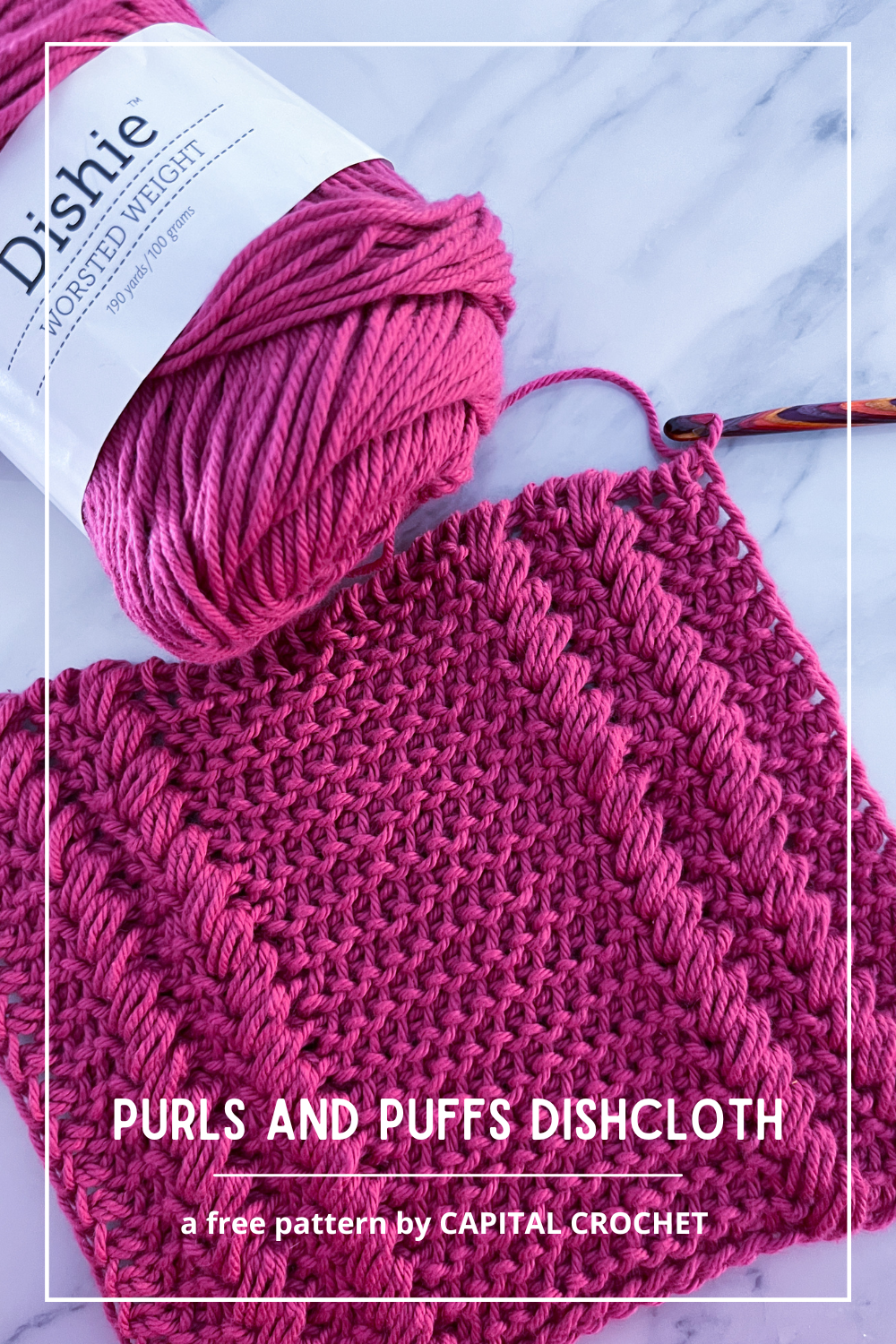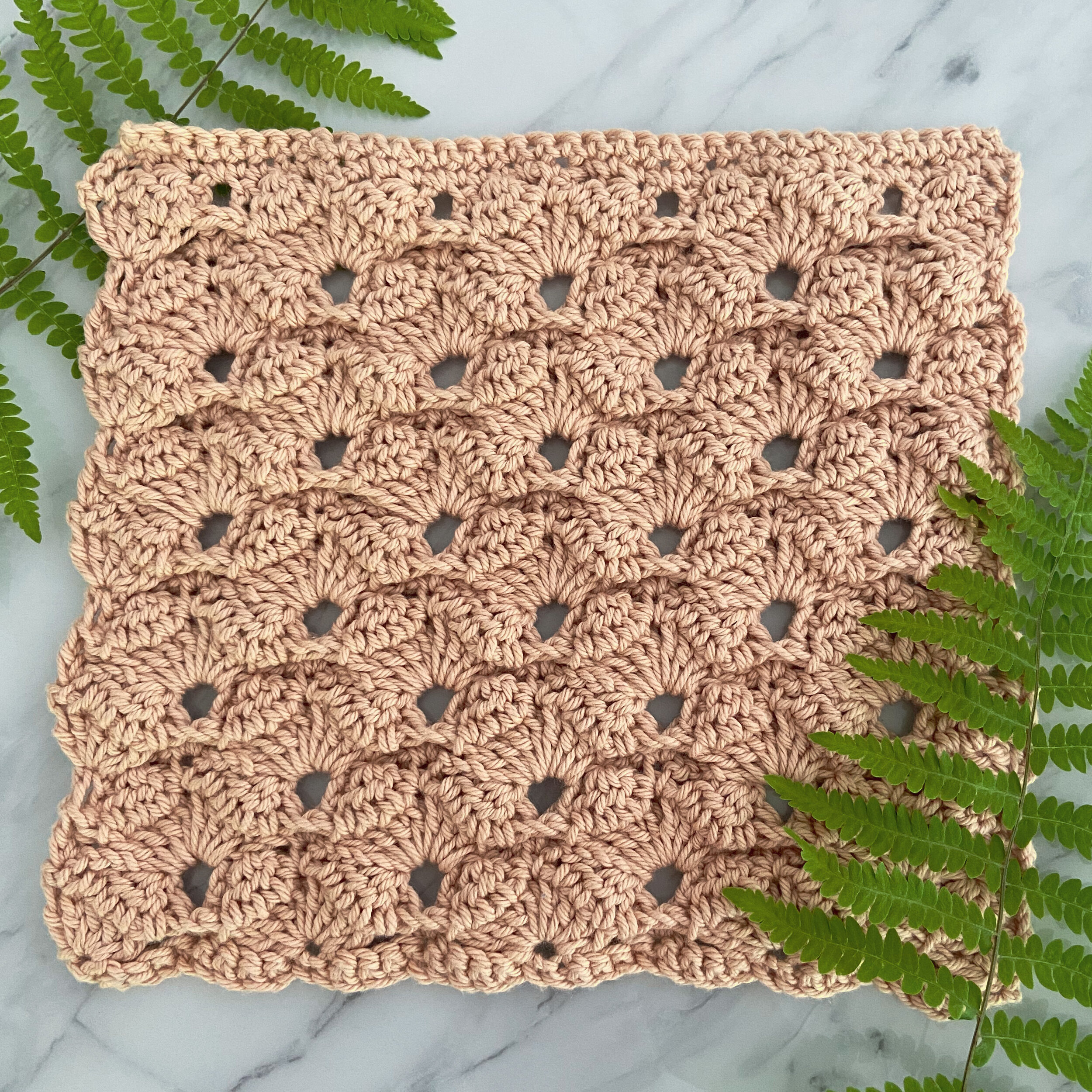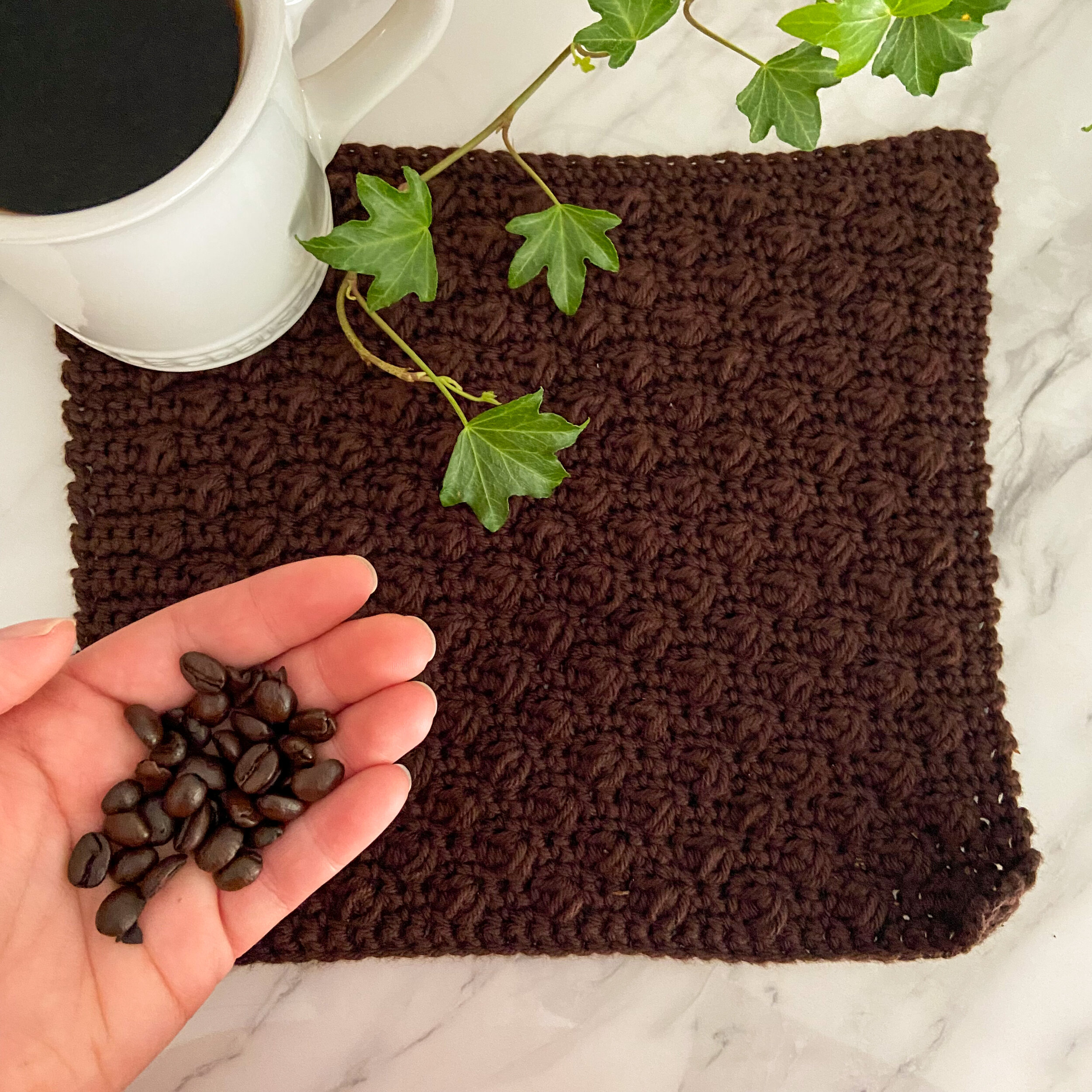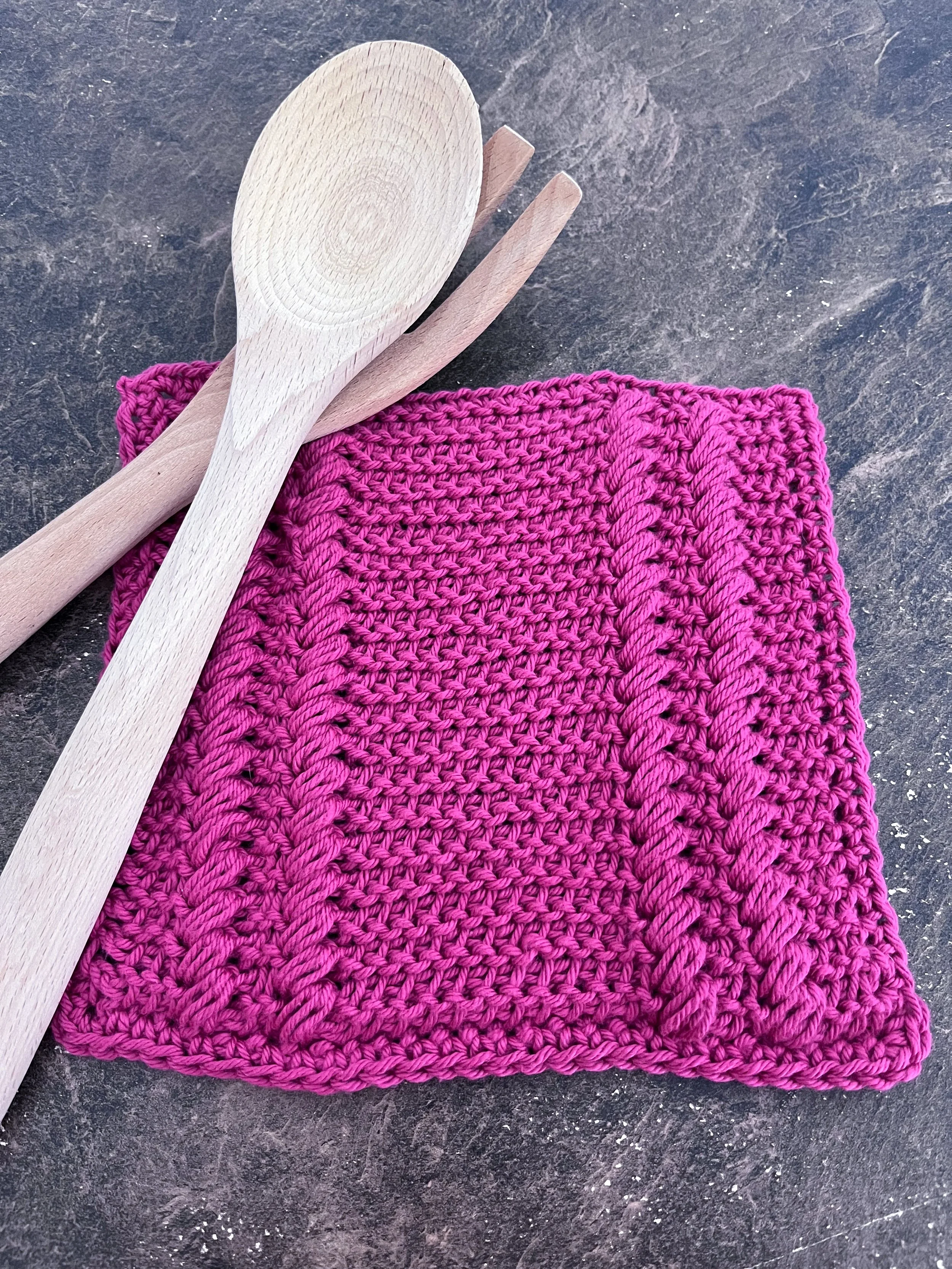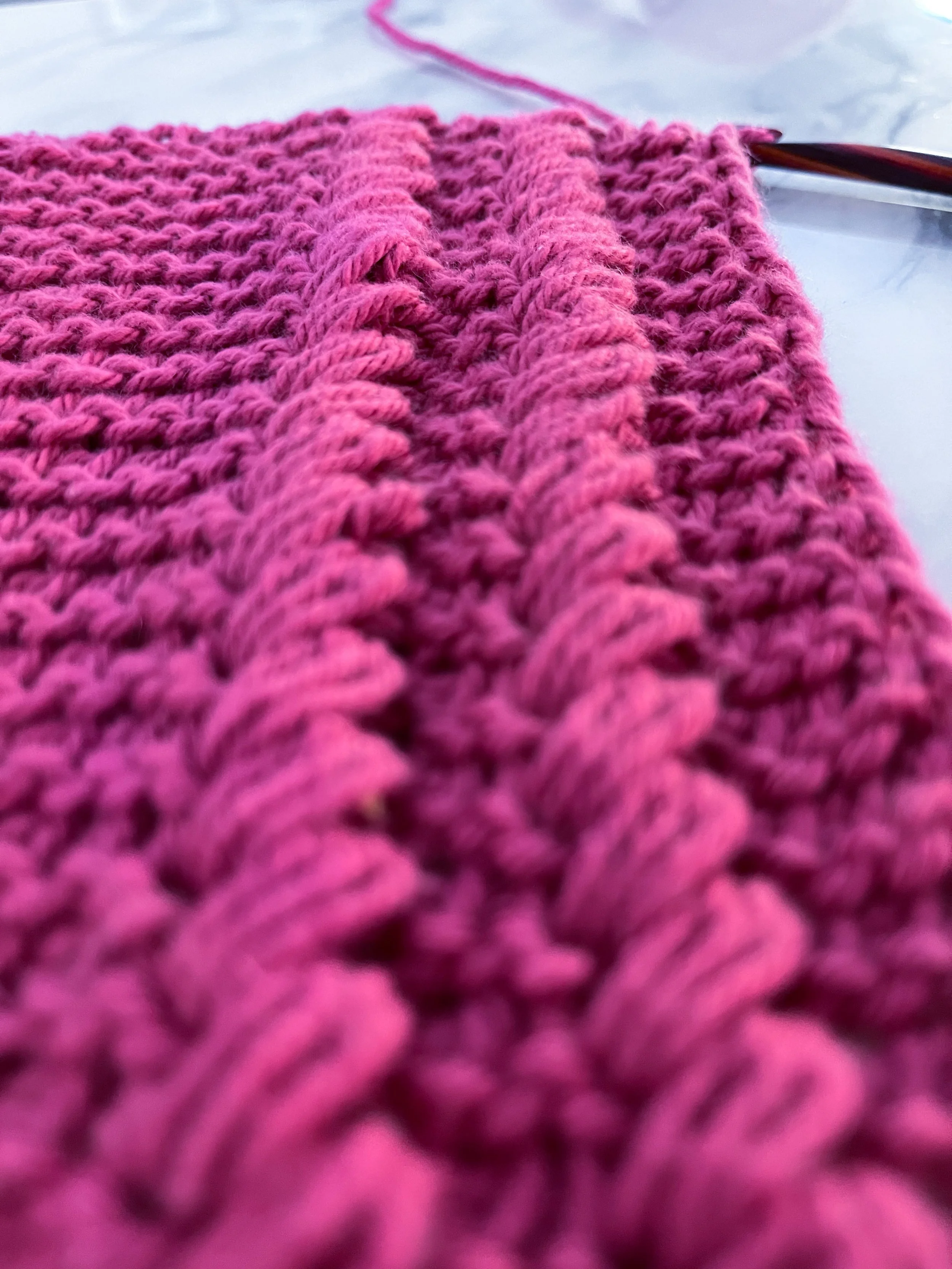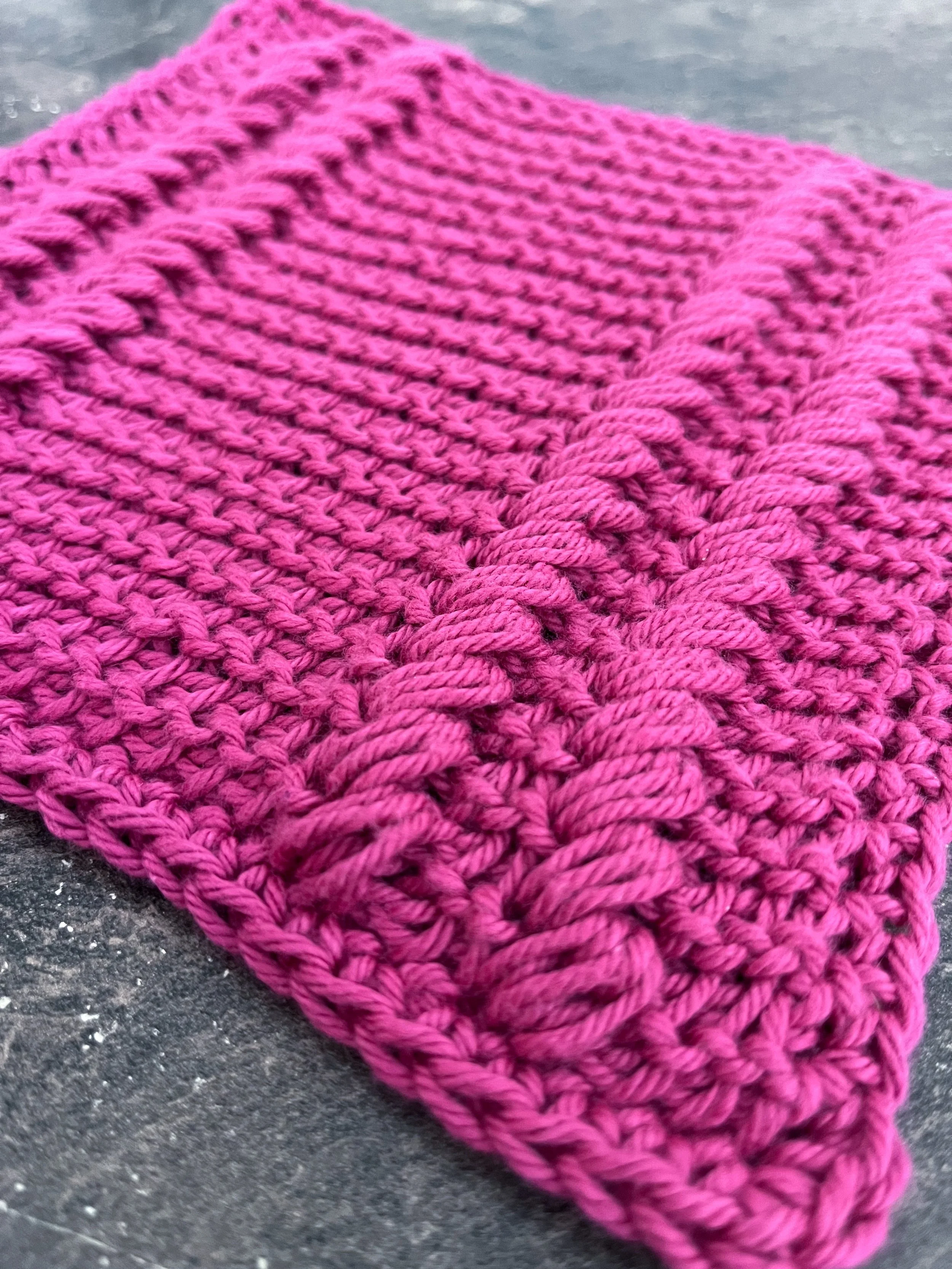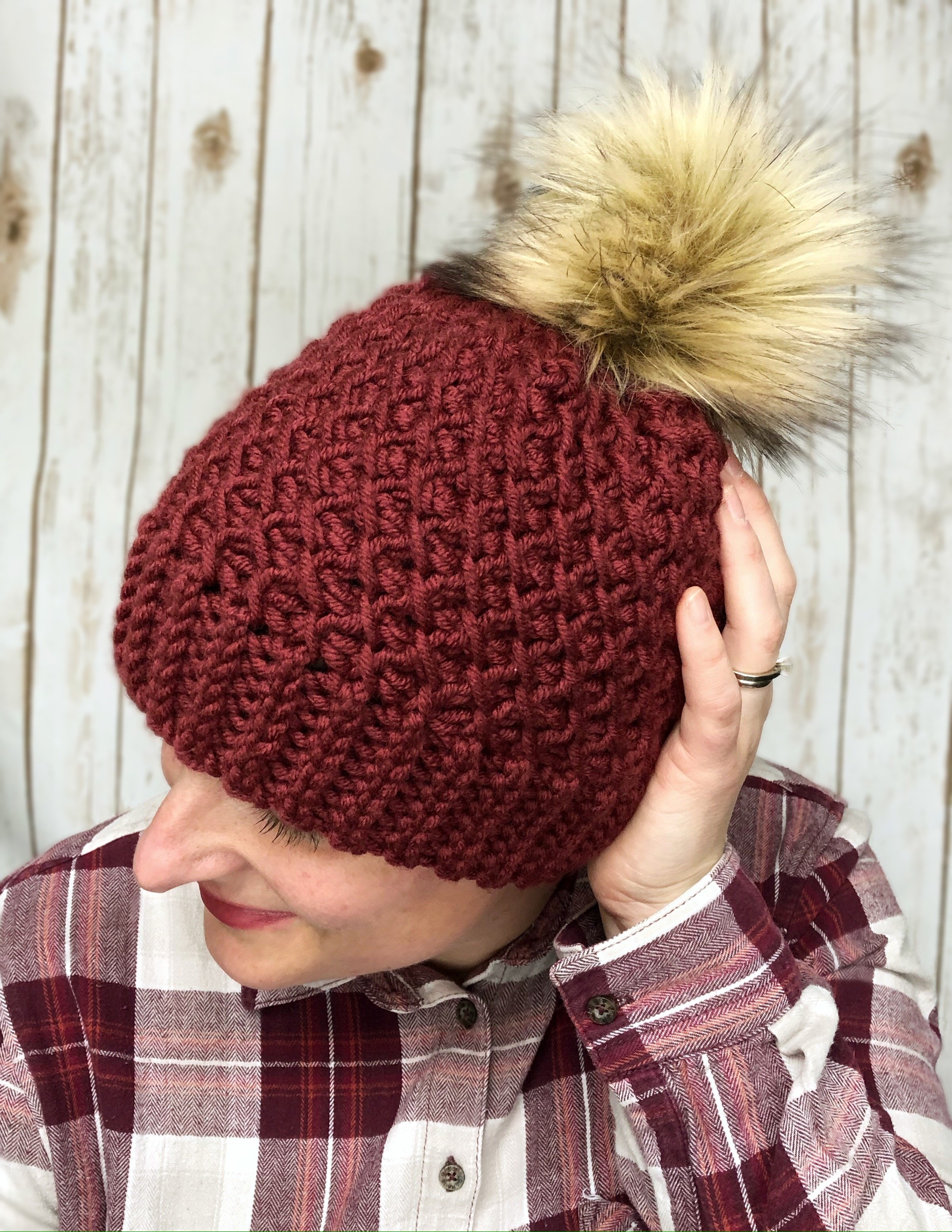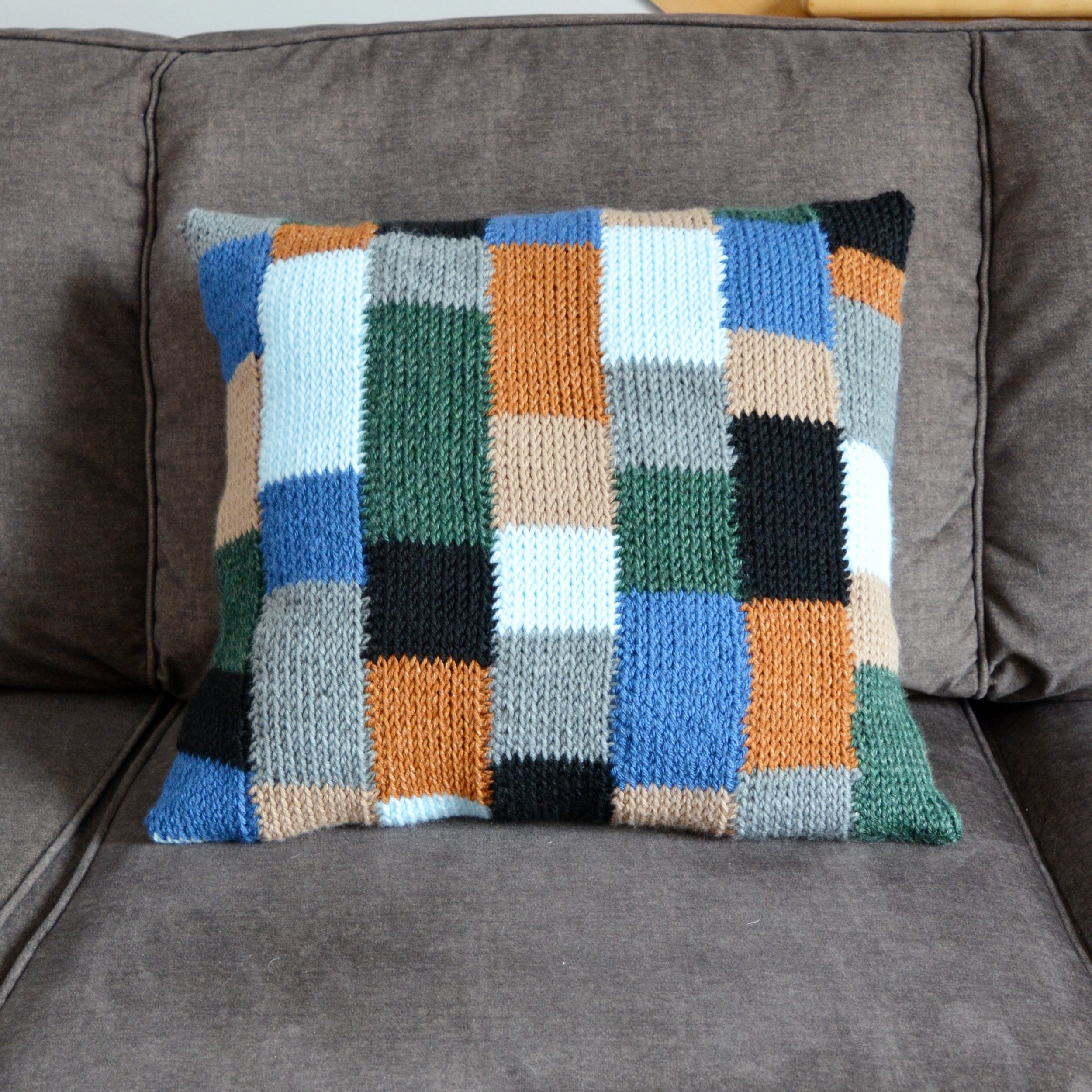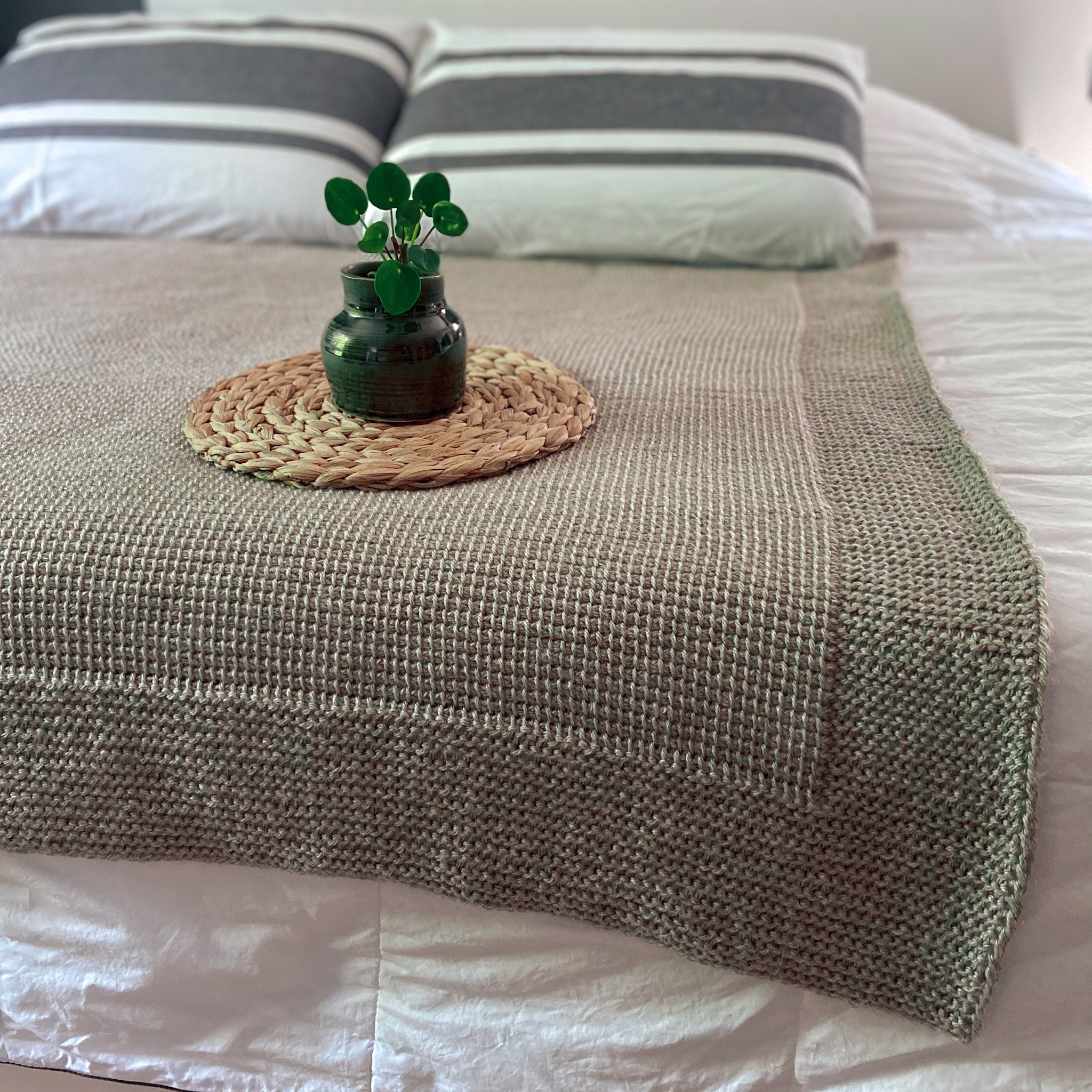Purls and Puffs Dishcloth
/This post may contain affiliate links, meaning that if you click through and make a purchase, I earn a small commission at no extra cost to you. This helps support my business and makes it possible for me to bring you free content.
Happy New Year!
Ok, I know it’s almost the end of January, but this may be the first blog post of the year that you’re checking out here on Capital Crochet, so I just wanted to make sure you feel welcomed. :)
Welcome to the Purls and Puffs Dishcloth pattern! This one is a special pattern, because not only is it the latest free pattern in the Stitch Exploration Series, it is also part of the Winter Washcloths Crochet Blog Hop hosted by Michelle of Two Brothers Blankets.
If you’re a fan of washcloth patterns, make sure to check out the bundle that features ALL of the patterns from this blog hop - 31 individual patterns for just $15.50 is such a great deal! I like to think of each pattern as a chance to learn a new stitch, or new technique, much like my Stitch Exploration Series.
If you’re not familiar with my Stitch Exploration Series, here are the details: Each month (or month-ish), I post a new FREE dishcloth pattern that uses an interesting technique, skill or stitch. This is my way of challenging myself to try out new techniques and discover new textures and stitch patterns. Check out the other patterns in the series (both Tunisian and traditional crochet).
This series is all about testing out new skills without the pressure of having to create a large project like a garment. When I’m designing, I find that I tend to choose familiar stitches, which can limit my creativity. I’ve chosen dishcloths because they’re small enough to finish up quickly, but large enough to get a general idea of the fabric the stitch pattern will create!
For this series, I’ve chosen a beautiful, durable cotton yarn, Dishie from WeCrochet. It comes in lots of fun colours (30 solids in total, plus there are also Dishie Twist and Dishie Multi!), and it is really nice to work with. It’s also really durable, making it great for dishcloths! In my experience so far, this yarn really holds up well during tough scrubbing.
Check out some of the previous patterns in the series - the Keyhole Dishcloth (cream) is probably my favourite so far, and the Coffee Bean Dishcloth is a fan favourite, with over 300 likes and lots of projects on Ravelry!
If this is your first ever Tunisian crochet project, first of all, I am honoured! Second, I highly recommend that you check out a few tutorials first. This pattern is written with the assumption that you are comfortable with the basic stitches and can identify the different parts of the stitch (you’ll know what I mean once you get the hang of it!). My dear friend Toni of TL Yarn Crafts has an excellent beginner video - check it out HERE.
Once you’ve worked a few practice rows and feel comfortable, dive into the pattern below, and let your obsession with Tunisian crochet begin! This is my first time working puff stitches like this in Tunisian crochet, and it makes such a pretty pattern. It’s safe to say you’ll be seeing these again in another pattern really soon!
Materials
Yarn: Worsted (4) weight cotton yarn, approx. 77 yds/71m.
Sample uses WeCrochet Dishie in Begonia (100% cotton, 190yds/100g per skein)
Hook: US I/5.5mm Tunisian crochet hook with short cord attached (or size needed to meet gauge). These are the ones I use!
Notions: measuring tape, scissors, yarn needle, blocking pins, mat and garment steamer or iron with steam setting (optional)
Terminology/Abbreviations
This pattern uses standard US terms as detailed by the Craft Yarn Council:
Ch: chain
Lts: last Tunisian stitch ( insert hook under both vertical loops in the last stitch of the row)
Puff: puff stitch (see Special Stitches section)
RetP: Return Pass (see Special Stitches section)
Sc: single crochet
St(s): stitch(es)
Tps: Tunisian purl stitch
Special Stitches
Puff: insert hook into indicated space and pull up a loop. [Yarn over, insert hook into same stitch and pull up a loop] twice, leaving 5 loops on the hook in a cluster
RetP: the Return Pass in this pattern treats the 5-loop cluster formed by the puff stitch the same as one regular loop. When you come to the cluster on the Return Pass, instead of yarning over and pulling through just 2 loops, you will yarn over and pull through 6 loops.
Sizing
Gauge: 8 sts x 6 rows = 2”/5cm in tps, unblocked
Finished Measurements: approx. 7.5”/19cm square
See the Variations section below for instructions on how to easily modify the size.
Notes
The first loop on the hook counts as a stitch, but it is never mentioned in the instructions.
The pattern instructions are written for right-handed crocheters. Left-handed crocheters should substitute “right” where it says “left” in the pattern.
I don’t usually block cotton dishcloths before I use them, I just toss them into the sink when I’m doing the dishes. If you want to neaten things up for gifting, or if your edges are a little wavy, a gentle blocking can help to settle the stitches and even things out.
Pattern Instructions
Row 1: Ch 28 and turn. Working into the back bumps of each ch st, insert hook and pull up a loop. Work a standard RetP (ch 1, *yarn over and pull through two loops, repeat from * until one loop remains on your hook). < 28 sts >
Row 2: Tps next 3 sts, *skip over the next vertical bar and puff into the space directly to the left of the skipped st. Tps next 2 sts, skip over the next vertical bar and puff into the space directly to the left of the skipped st.* Tps next 12 sts, then repeat from * to *. Tps next 3 sts, Lts and work a RetP as described in the Notes section.
Row 3: Tps next 3 sts, *skip over the next puff st and puff into the space directly to the left of the skipped puff st. Tps next 2 sts, skip over the next puff st and puff into the space directly to the left of the skipped puff st.* Tps next 12 sts, then repeat from * to *. Tps next 3 sts, Lts and work a RetP as described in the Notes section.
Repeat Row 3 until you’ve worked 21 rows.
Bind off: Work a sl st bind off, inserting the hook as for tps, and inserting the hook into the space to the left of the puffs when you come to them. Do not fasten off at the end of the bind off row. Keep your bind off sts a little loose to help prevent the from fabric curling.
Border: Rotate your dishcloth so that you can work down the side. Ch 1, sc into the edge stitch of each row and work 3 sc into the corner st. Sc into each stitch along the bottom and work 3 sc into the corner st. Sc into the first st of each row up the side and work 3 sc into the corner st. Sc in each st along the bind off row, working 2 sc into the final st. Join with a sl st to the first st of the border, and fasten off.
TIP: you may wish to size down your hook for the border. If you feel that the first few stitches seem loose, feel free to try a smaller regular crochet hook!
Variations
This pattern can be easily adjusted to create a larger or smaller dishcloth.
To adjust the length of the pattern, simply work fewer or more repeats of Row 3.
To adjust the width, work fewer or more ch sts to start the pattern. When adjusting the width, keep in mind that the beginning and ending eight stitches should always be the same – this will keep the columns of puff stitches the same. You will have fewer or more tps in the middle section of each row.
Remember that any alterations to the stitch or row counts will adjust the yardage required.
Save this pattern to your Ravelry queue, or add a project to the pattern page!
Congratulations on finishing your Purls and Puffs Dishcloth! This is one of the prettier patterns in the series, and I think it’s going to be perfect for gifting. And remember, for 31 unique crochet and Tunisian crochet dishcloth patterns, make sure you grab the bundle!
I’m having a lot of fun exploring these new-to-me techniques, and I hope you are too! I’d love to see your dishcloths (in finished or WIP form!), or how you’re using the things you’re learning here in your own designs. Share your dishcloth on Instagram using the hashtags #PurlsAndPuffsDishcloth and #StitchExplorationSeries, and tag me, @capital.crochet!
You may sell finished items made from this pattern, but please credit me as the designer by linking back to this blog post.
Thank you so much for your support! If you’d like to be the first to know about new patterns in this series and other blog posts, make sure to subscribe to my newsletter below.
If you’re loving the Tunisian crochet addition to the Stitch Exploration series, why not check out some of my Tunisian patterns?
The Thimble Beanie is a quick and easy pattern that uses bulky yarn - perfect for market makes!
The Stashdown Pillow is an excellent way to use up your scraps and adds a pop of colour to a couch or bedroom.
The Lisse Throw Blanket is a meditative make that brings warmth and comfort to your decor (also available as a kit via Lion Brand Yarn!).
If you’re ready to take on a garment pattern, check out the Flipside Cardigan!

